Entangled Whale Rescue – Global
Veterinary medicine and drone technology can help free whales trapped in fishing gearWhales are large marine mammals that can live for up to 200 years. They sit at the top of the marine food chain and play a vital role in maintaining healthy ocean habitats. That means whales are incredibly important to the health of our planet and so many other animals.
When whales dive deep beneath the ocean’s surface, they help circulate nutrients. They also eat large quantities of food and produce a lot of nutrient-rich faeces. These nutrients help phytoplankton—a simple, plant-like organism that lives suspended in water—to grow, creating an essential food source for many fish and crustaceans. Phytoplankton also absorb carbon dioxide and produces 50% of the world’s oxygen. In short, phytoplankton support life on Earth—and whales support phytoplankton.
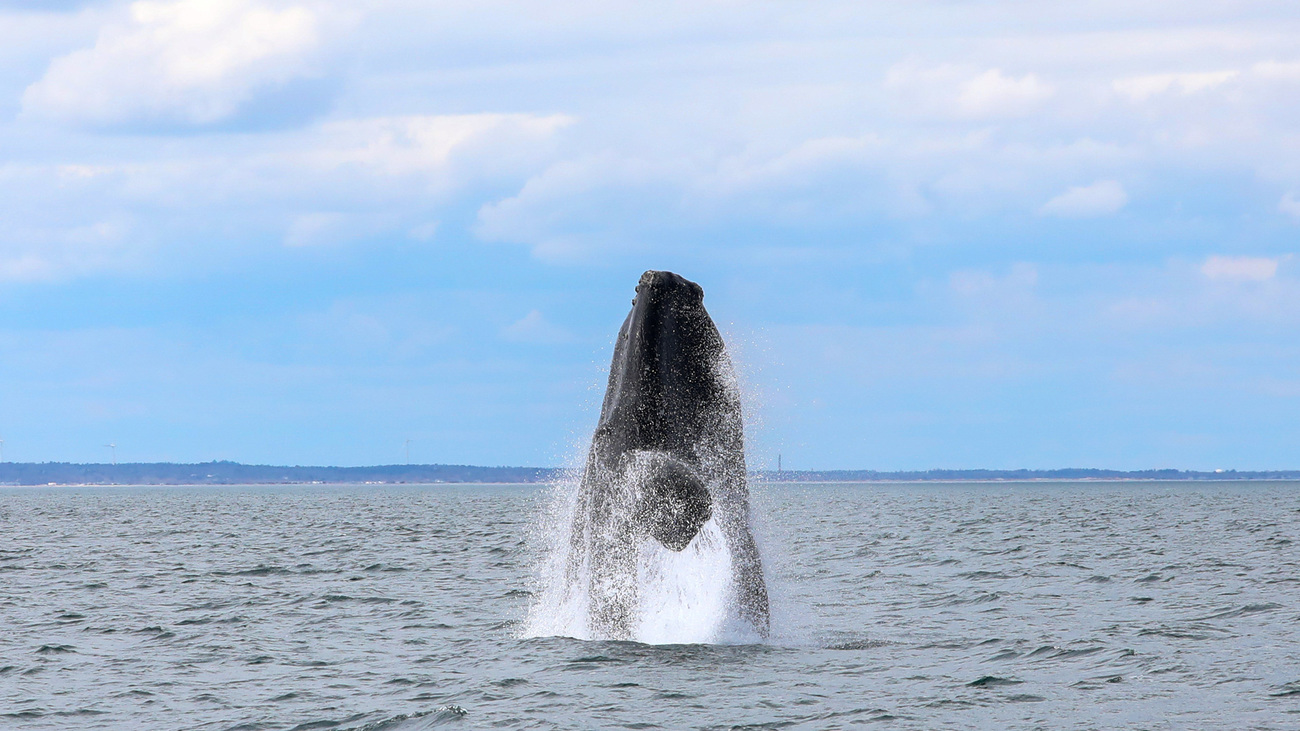
But whales are under threat from climate change, fishing gear entanglement, vessel strikes, underwater noise pollution, and commercial whaling. For instance, the North Atlantic right whale is also critically endangered with only about 370 individuals remaining, and there are thought to be just 26 mature Rice’s whales left in the wild.
That’s why IFAW, a conservation and rescue organisation, is fighting to protect whales and their marine habitats around the world. Want to learn more about these fascinating creatures and what IFAW is doing to protect them? Read on for our list of incredible whale facts and frequently asked questions.
1. Whales are mammals
As mammals, whales are warm-blooded, give birth to live young, and produce milk to nurse their young. They also have lungs, rather than gills. As such, they hold their breath underwater and breathe out through a blowhole when they come up for air. Read on to learn how long whales can hold their breath.
2. The largest animal on Earth weighs more than 180,000 kilograms (200 tons)
The largest whale—and the largest animal to ever live on Earth—is the blue whale (Balaenoptera musculus). This species can grow up to 30 metres (98 feet) long and weigh more than 180,000 kilograms (200 tons). These whales can be found in every ocean around the world, except for the Arctic.
After the blue whale, the second-largest animal is the fin whale (Balaenoptera physalus). Third place is held by the sei whale (Balaenoptera borealis).
3. Not all whales have teeth
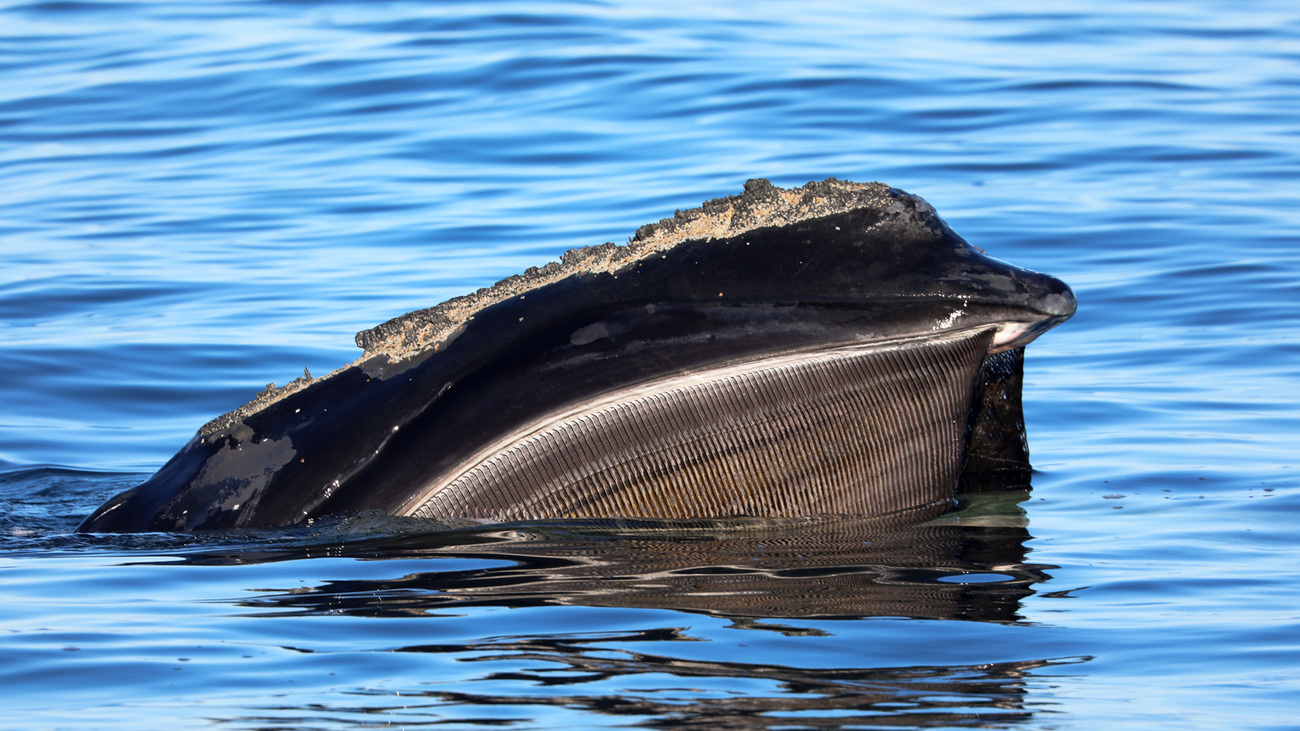
There are two types of whales—toothed whales (also known as odontocetes) and baleen whales (also known as mysticetes).
Toothed whales include species like the orca (Orcinus orca), the beluga whale (Delphinapterus leucas), the sperm whale (Physeter microcephalus), and all dolphins, which are technically whales, too. Smaller than baleen whales, toothed whales all use teeth to eat their prey.
Baleen whales include species like the blue whale, bowhead whale, the fin whale, and the grey whale (Eschrichtius robustus). Instead of teeth, these whales have baleen—fringed plates made from keratin that act as a filter, separating seawater from the whale’s food.
4. All whales are carnivores
A whale’s diet depends on whether it’s a toothed or baleen whale, but all whale species are carnivores.
Toothed whales eat fish, squid, and other marine animals. They use their teeth to catch their prey, then either swallow their food whole or tear it into smaller pieces.
Baleen whales are filter feeders and eat smaller prey, despite their larger size—they feed on plankton, krill, and small fish.
They open their mouths wide to catch large amounts of seawater and prey. Next, they use their baleen plates to filter out the water and trap their prey, which they then swallow whole.
5. Whales can hold their breath for over an hour
Whales can hold their breath underwater for a long time, ranging from about five minutes to two hours, depending on the species.
A sperm whale can hold its breath for around 90 minutes, while Cuvier’s beaked whale (Ziphius cavirostris) was recorded diving for 137 minutes and to a depth of 2,992 metres (9,816 feet) in search of food. In comparison, orcas tend to make shorter and shallower dives, coming up for air every minute or so.
Marine mammals have evolved special abilities that allow them to hold their breath for extended periods. This includes slowing their heart rate and shunting blood flow from their extremities to the heart, brain, and muscles. They have also adapted to store a large volume of oxygen in their muscles so they don’t need to breathe it in as often.
6. Why do whales breach?
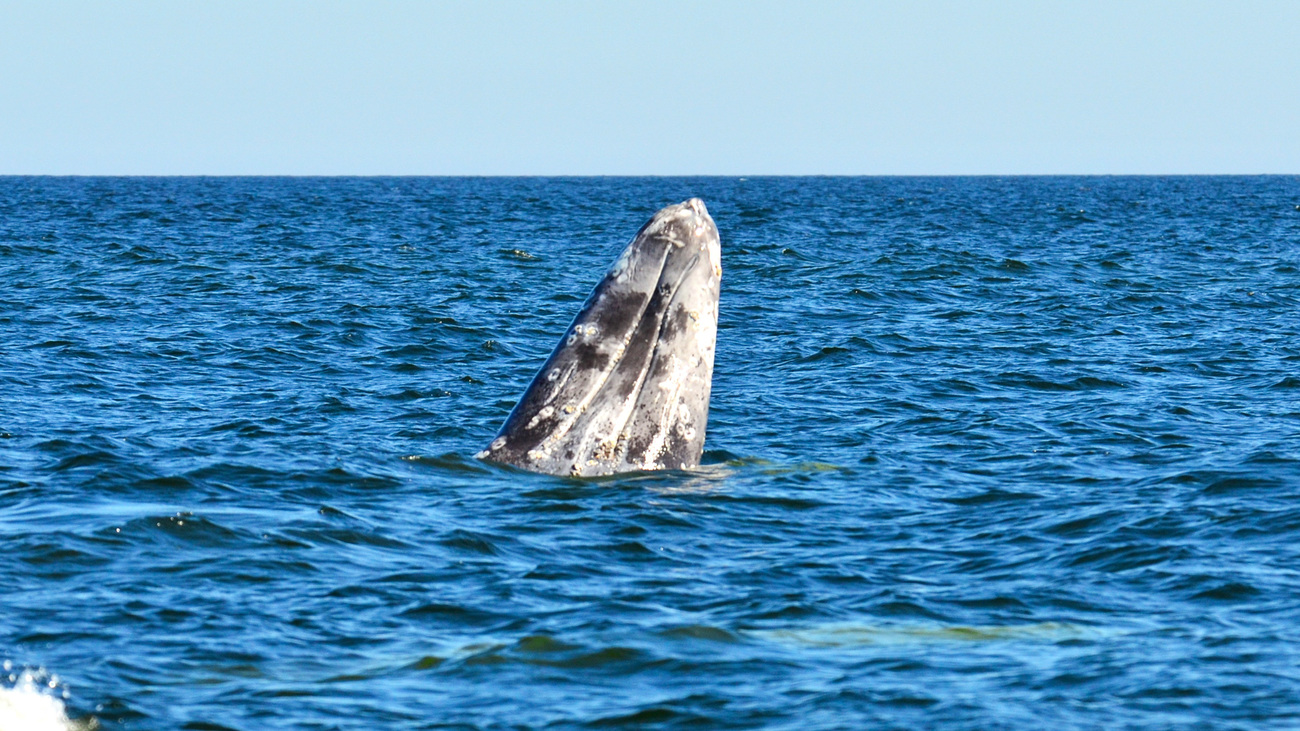
Breaching occurs when a whale rises out of the water and comes crashing back down, creating a large splash. This behaviour can be seen in many whale species, including orcas, humpbacks, right whales, and sperm whales.
Scientists still aren’t sure why whales choose to breach. But there are several theories. Breaching could be a way for whales to dislodge the tiny lice they carry in their eyes, nostrils, and skin folds. It could also be a hunting tactic. When a whale slaps its tail forcefully down onto the water’s surface (a practice known as lobtailing), it causes a loud noise that confuses fish. The fish then gather into a tighter school, making it easier for whales to catch and eat them. Another theory is that breaching is a way for whales to communicate with one another. It may be a way for them to mark their territory or woo a mate. Or, whales may breach simply for the fun of it.
7. What is a group of whales called?
A group of whales is called a pod. Toothed whales are known to travel in highly social pods, hunting collaboratively and helping to care for each other’s young. Baleen whales are more solitary. They travel alone or in smaller groups, only coming together to breed, migrate, or calve.
However, both toothed and baleen whales demonstrate a close bond between mothers and their calves, with mothers nursing their young for around a year. Whales also have large brains that help them solve problems and teach skills to their young. They also display playfulness, empathy, grief, and joy, and communicate through vocalisations.
In fact, despite baleen whales appearing to be solitary creatures, they could be more in touch with other whales than it seems. Their vocalisations can travel huge distances—over thousands of kilometres—so they could be communicating with others even though they seem far apart. This is one reason why the issue of ocean noise pollution poses such a major threat to whales.
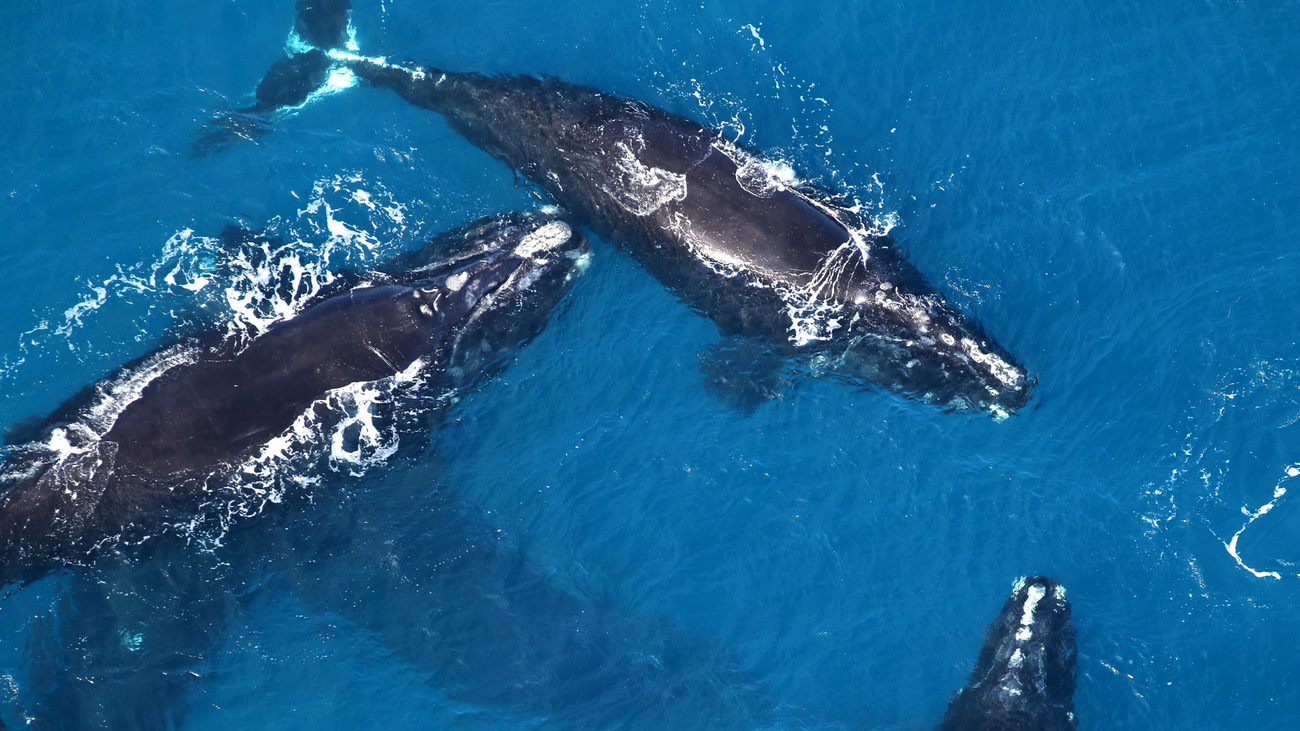
8. How long are whales pregnant?
The length of a whale pregnancy varies depending on the whale species, but most last between 10 and 17 months. Blue whales are pregnant for 10 to 12 months, beluga whales are pregnant for around 14 months, and sperm whales can be pregnant for up to 16 months.
When born, whale calves are usually one-third to one-half of the length of their mothers. They are nursed for at least six months on milk that contains almost 50% fat.
Whales’ birth rates are being impacted by threats like climate change, vessel strikes, and entanglement—which is not good news for whale species that already experience so many mortalities due to these issues. North Atlantic right whale mothers used to give birth every three years on average, but now, right whales are spending six to ten years between births.
9. How do whales sleep?
Whales have to rise to the surface to breathe through their blowholes, so they need to stay alert, even while sleeping. To achieve this, a whale sleeps by shutting down just one half of its brain at a time. One side of the brain sleeps and rests, while the other stays active and reminds the whale to surface and breathe.
Because they need to breathe periodically, whales sleep near the surface. Some float right by the surface in a behaviour known as ‘logging’. Others rest under the surface in a vertical or horizontal position.
10. Some whales can live longer than humans
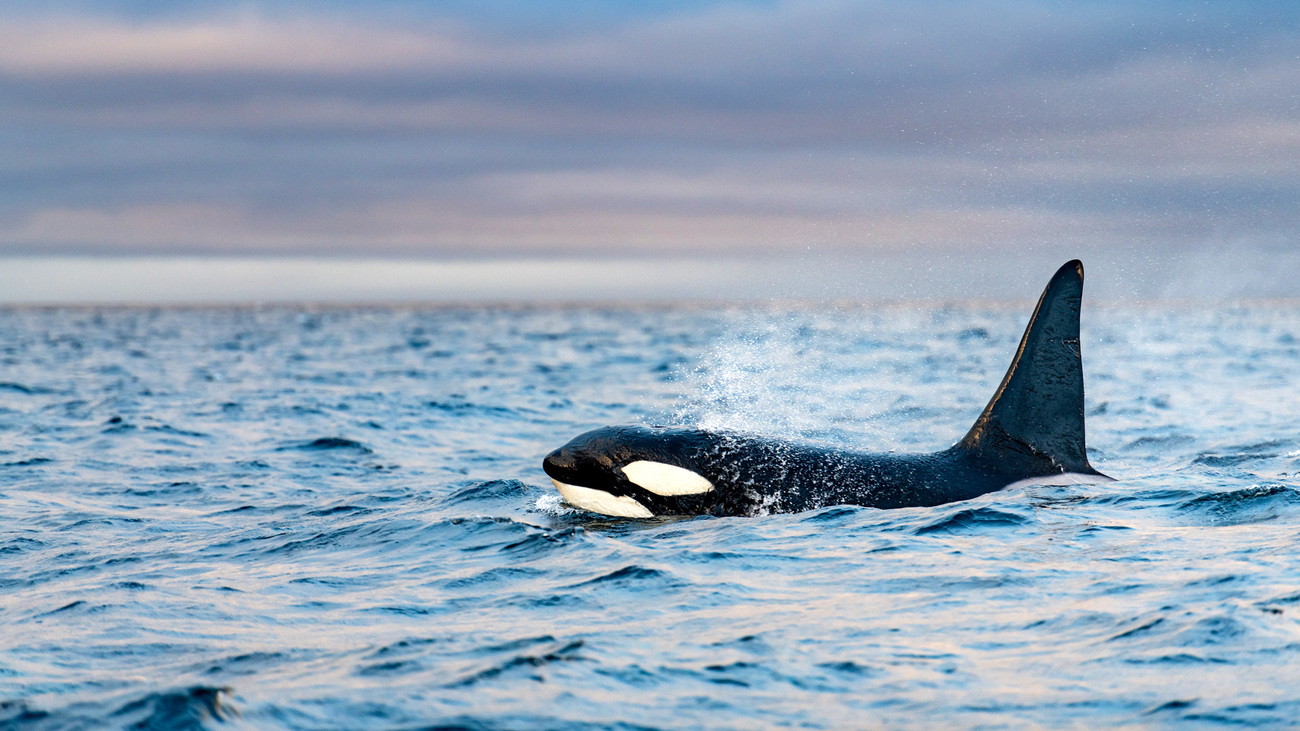
Baleen whales live longer than toothed whales. Orcas, for example, can live for 30 to 50 years, while blue whales can live for 80 to 90 years. Scientists think that the bowhead whale is one of the longest-living animals in the world, with a lifespan of up to 200 years.
Unfortunately, ever-present threats like vessel strikes, entanglement, and commercial whaling cut the lives of so many whales short. Learn more about how you can help IFAW protect whales.
11. Dolphins are whales
All dolphins are whales—but only some whales are dolphins.
In taxonomy, all whales, dolphins, and porpoises are classed under the group Cetacea, which is why we call them cetaceans. This group is then divided into toothed whales and baleen whales. There are around 14 species of baleen whales and 75 species of toothed whales.
Examples of toothed whales include sperm whales, orcas, belugas, and all dolphins and porpoises. They all have teeth, one blowhole (whereas baleen whales have two), and use echolocation to track their prey.
12. Why do whales beach?
Whales are known to ‘beach’—wash up and get stuck on the shore—and struggle to return to the water without human help. This is also known as ‘stranding’. There are a number of reasons why stranding happens.
Coastal topography and tidal ranges are one trigger. When tides go out quickly, whales don’t always notice that they’re moving into shallower waters. It’s also harder for them to navigate the shallows because their echolocation works best in deep water. There are also other natural reasons for stranding. Sometimes injured, sick, old, or labouring whales drift with the current until they come ashore to rest.
But unfortunately, human impact is another major cause of whale stranding. Fishing, pollution, and vessel strikes can injure whales and lead them to the shore. Overfishing is also forcing marine mammals to seek food in shallower waters.
13. Whales’ ancestors walked on land
While hippos are the closest living relatives of whales, they are not whales’ ancestors.
Whales evolved from a mammal that lived on land about 50 million years ago. Scientists have traced whale ancestry back to Pakicetus—a four-legged creature about the size of a goat. This animal lived on the banks of lakes and rivers, where it preyed on small land animals and fish.
Over millions of years, these animals spent increasingly more time in the water, eventually losing their legs, replacing fur with blubber, and developing a powerful flipper in place of a tail.
14. Are whales endangered?
The North Atlantic right whale and Rice’s whale are critically endangered. Many other whale species—including blue whales and North Pacific right whales—are listed as endangered on the IUCN Red List.
Whales face many threats to their survival. Some whale species were hunted to near extinction for their blubber and meat in the 18 and 19 hundreds. Today, despite a global ban on commercial whaling, Iceland, Japan, and Norway continue to hunt whales commercially.
Vessel strikes are another problem facing whale populations. When shipping vessels and even recreational boats travel through whale feeding and breeding grounds, where they sometimes collide with whales, injuring or killing them. IFAW is working around the world to mitigate this threat—for instance, we have worked with seven major shipping companies in the Mediterranean Sea to slow their vessel speeds to protect whales.
Ships and offshore drilling also create significant marine noise. This can damage whales’ hearing, disrupt their communication and navigation abilities, and make it harder for whales to find their way to feeding and breeding grounds.
Whales are threatened by entanglement, too. This occurs when fishing debris—including nets, lines, and ropes—becomes tangled around a whale’s body, leading to the slow and painful effects of malnutrition, infection, injury, and death. It’s estimated that it causes hundreds of thousands of whale deaths every year.
Climate change is another human-made threat impacting whale populations. The oceans are warming, sea ice is melting, and ocean currents are changing. These changes are affecting the availability and location of whale prey, in turn affecting whale energy levels and reproduction rates.
15. Protecting whales protects the planet
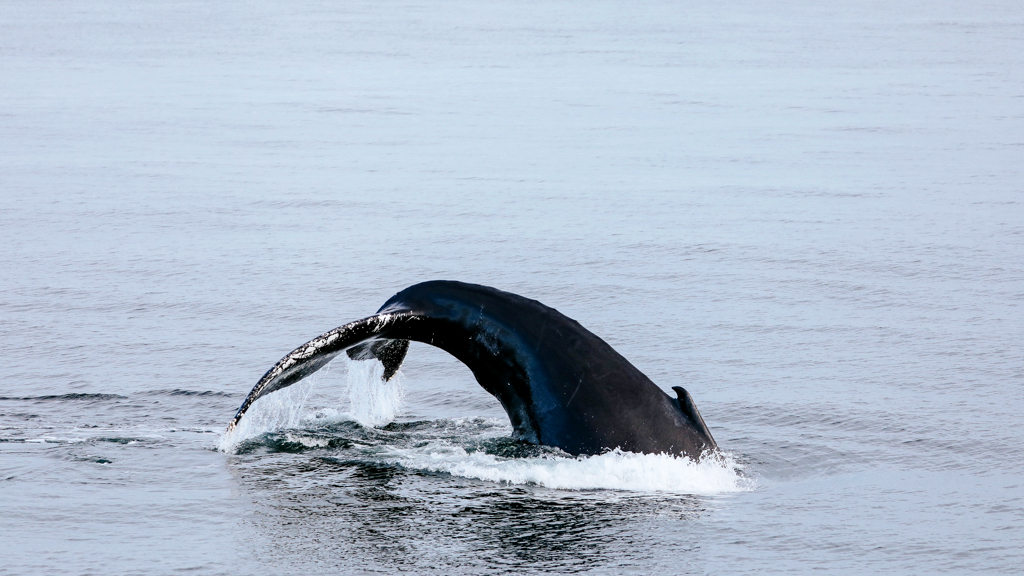
Whales are some of our most pivotal allies in the fight to mitigate climate change and prevent biodiversity loss.
Sitting at the top of the food chain, whales’ consumption of smaller marine organisms helps maintain a healthy balance of life in the ocean. They also stir up and circulate nutrients when they dive deep into the water.
Healthy whale populations are key to maintaining the presence of phytoplankton—tiny, plant-like organisms that contribute greatly to the ocean’s production of half the world’s total oxygen and absorb significant amounts of carbon dioxide.
When they die, whales sequester tonnes of carbon at the bottom of the ocean, keeping it out of Earth’s atmosphere for years.
At IFAW, we recognise that every individual animal matters—for the survival of their species and for the health of the planet. Whales, especially, play huge roles congruent with their massive size. The largest animals on our planet are dying, and they need our help.
Related content
Our work can’t get done without you. Please give what you can to help animals thrive.